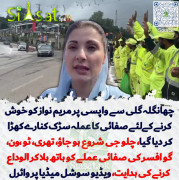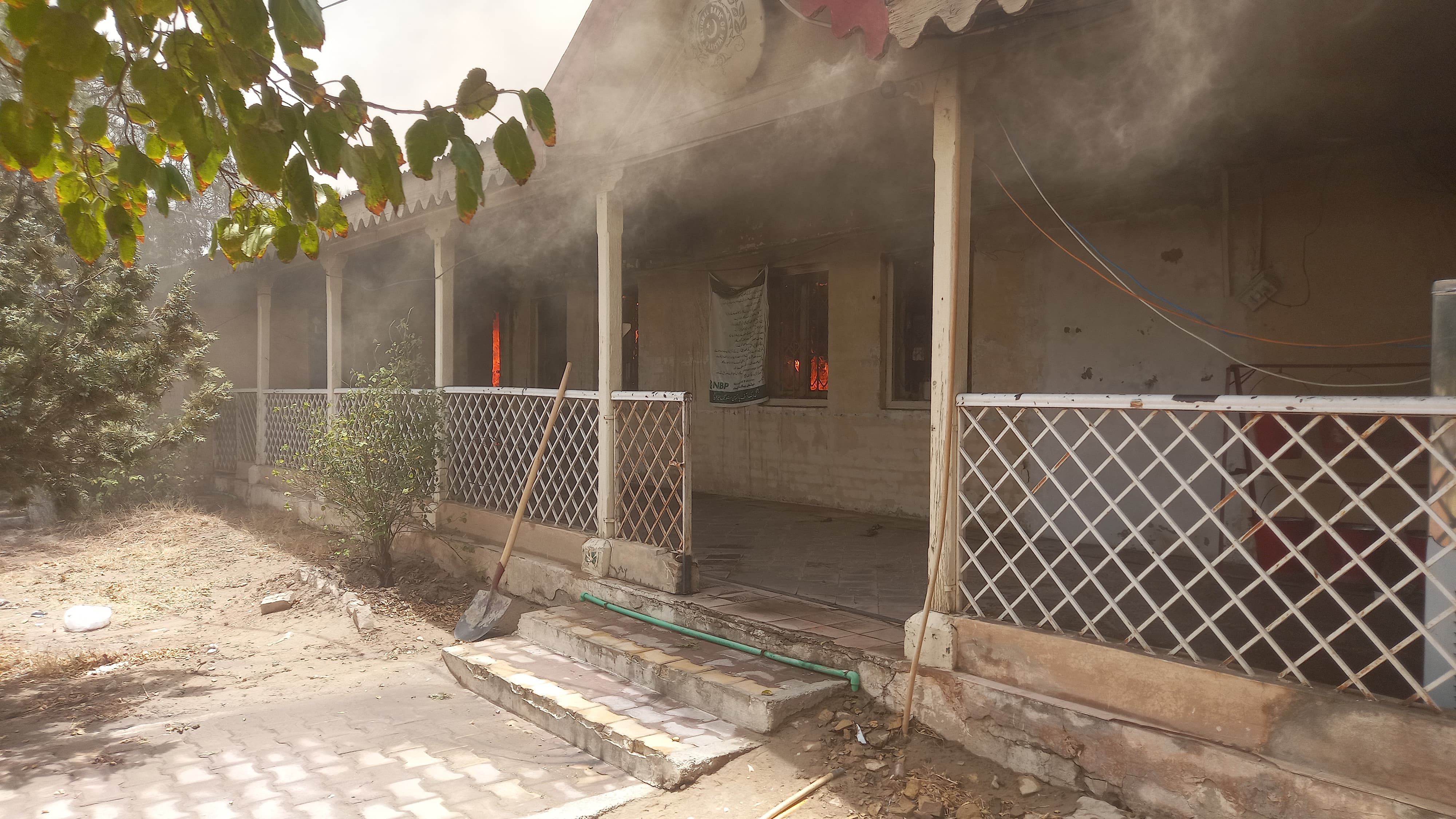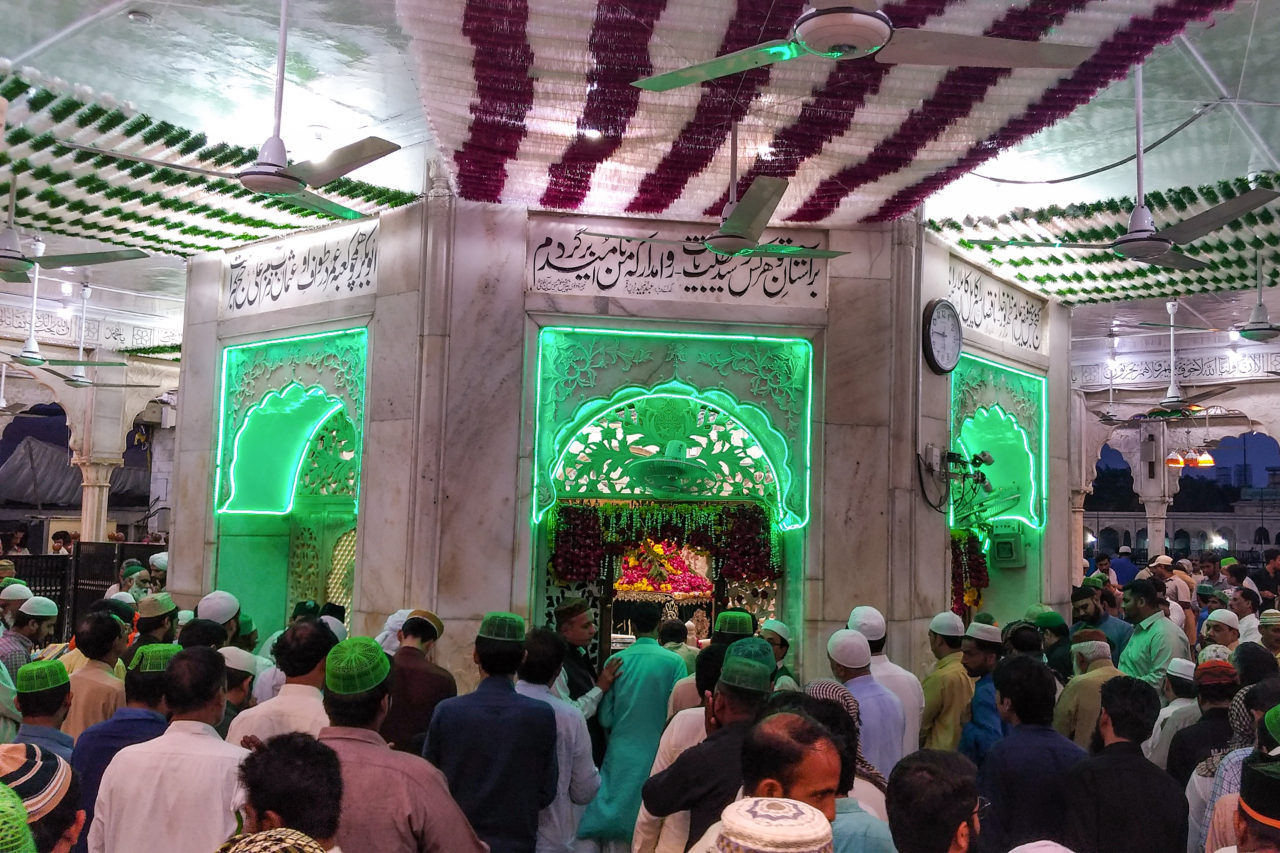hans
Banned
LETTER OF TRANSMITTAL
UNITED STATES SENATE , COMMITTEE ON FOREIGN RELATIONS ,
Washington, DC, November 30, 2009.
DEAR COLLEAGUE: This report by the Committee majority staff is part of our continuing examination of the conflict in Afghanistan. When we went to war less than a month after the attacks of September 11, the objective was to destroy Al Qaeda and kill or capture its leader, Osama bin Laden, and other senior figures in the terrorist group and the Taliban, which had hosted them. Today, more than eight years later, we find ourselves fighting an increasingly lethal insurgency in Afghanistan and neighboring Pakistan that is led by many of those same extremists. Our inability to finish the job in late 2001 has contributed to a conflict today that endangers not just our troops and those of our allies, but the stability of a volatile and vital region. This report relies on new and existing information to explore the consequences of the failure to eliminate bin Laden and other extremist leaders in the hope that we can learn from the mistakes of the past.
Sincerely,
JOHN F. KERRY,
Chairman.
On October 7, 2001, U.S. aircraft began bombing the training bases and strongholds of Al Qaeda and the ruling Taliban across Afghanistan. The leaders who sent murderers to attack the World Trade Center and the Pentagon less than a month earlier and the rogue government that provided them sanctuary were running for their lives. President George W. Bushs expression of Americas desire to get Osama bin Laden dead or alive seemed about to come true.
Two months later, American civilian and military leaders celebrated what they viewed as a lasting victory with the selection of Hamid Karzai as the countrys new hand-picked leader. The war had been conceived as a swift campaign with a single objective: defeat the Taliban and destroy Al Qaeda by capturing or killing bin Laden and other key leaders. A unique combination of airpower, Central Intelligence Agency and special operations forces teams and indigenous allies had swept the Taliban from power and ousted Al Qaeda from its safe haven while keeping American deaths to a minimum. But even in the initial glow, there were concerns: The mission had failed to capture or kill bin Laden.
The reasons behind the failure to capture or kill Osama bin Laden and its lasting consequences are examined over three sections in this report. The first section traces bin Ladens path from southern Afghanistan to the mountains of Tora Bora and lays out new and previous evidence that he was there. The second explores new information behind the decision not to launch an assault. The final section examines the military options that might have led to his capture or death at Tora Bora and the ongoing impact of the failure to bring him back dead or alive.
FOr detail Report goto
http://www.scribd.com/doc/55758923/091130-tora-bora-ubl
Schizophrenia is a mental disorder that makes it difficult to tell the difference between real and unreal experiences,
UNITED STATES SENATE , COMMITTEE ON FOREIGN RELATIONS ,
Washington, DC, November 30, 2009.
DEAR COLLEAGUE: This report by the Committee majority staff is part of our continuing examination of the conflict in Afghanistan. When we went to war less than a month after the attacks of September 11, the objective was to destroy Al Qaeda and kill or capture its leader, Osama bin Laden, and other senior figures in the terrorist group and the Taliban, which had hosted them. Today, more than eight years later, we find ourselves fighting an increasingly lethal insurgency in Afghanistan and neighboring Pakistan that is led by many of those same extremists. Our inability to finish the job in late 2001 has contributed to a conflict today that endangers not just our troops and those of our allies, but the stability of a volatile and vital region. This report relies on new and existing information to explore the consequences of the failure to eliminate bin Laden and other extremist leaders in the hope that we can learn from the mistakes of the past.
Sincerely,
JOHN F. KERRY,
Chairman.
On October 7, 2001, U.S. aircraft began bombing the training bases and strongholds of Al Qaeda and the ruling Taliban across Afghanistan. The leaders who sent murderers to attack the World Trade Center and the Pentagon less than a month earlier and the rogue government that provided them sanctuary were running for their lives. President George W. Bushs expression of Americas desire to get Osama bin Laden dead or alive seemed about to come true.
Two months later, American civilian and military leaders celebrated what they viewed as a lasting victory with the selection of Hamid Karzai as the countrys new hand-picked leader. The war had been conceived as a swift campaign with a single objective: defeat the Taliban and destroy Al Qaeda by capturing or killing bin Laden and other key leaders. A unique combination of airpower, Central Intelligence Agency and special operations forces teams and indigenous allies had swept the Taliban from power and ousted Al Qaeda from its safe haven while keeping American deaths to a minimum. But even in the initial glow, there were concerns: The mission had failed to capture or kill bin Laden.
The reasons behind the failure to capture or kill Osama bin Laden and its lasting consequences are examined over three sections in this report. The first section traces bin Ladens path from southern Afghanistan to the mountains of Tora Bora and lays out new and previous evidence that he was there. The second explores new information behind the decision not to launch an assault. The final section examines the military options that might have led to his capture or death at Tora Bora and the ongoing impact of the failure to bring him back dead or alive.
FOr detail Report goto
http://www.scribd.com/doc/55758923/091130-tora-bora-ubl
Schizophrenia is a mental disorder that makes it difficult to tell the difference between real and unreal experiences,




























